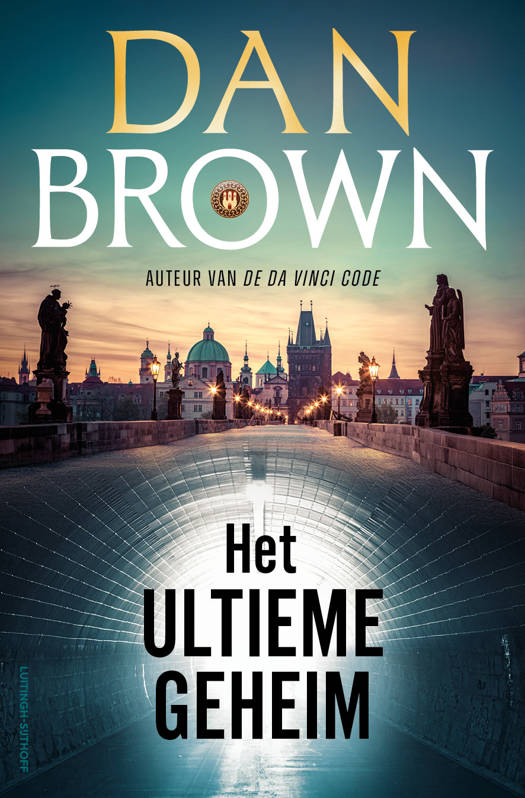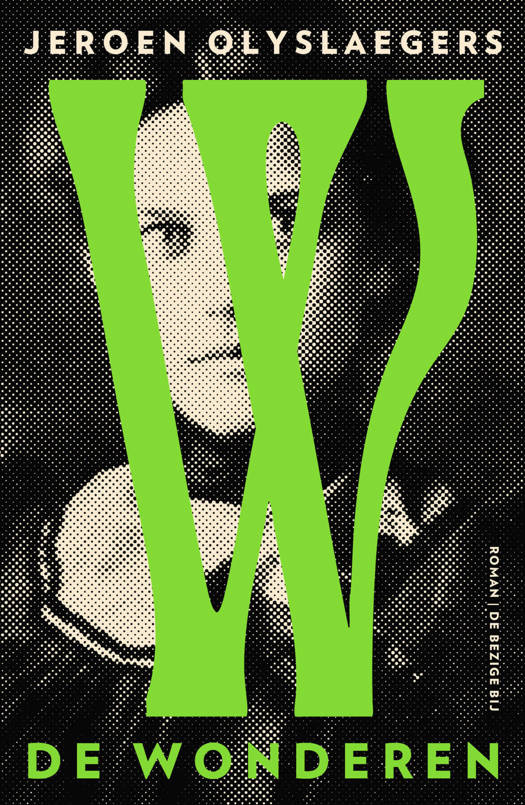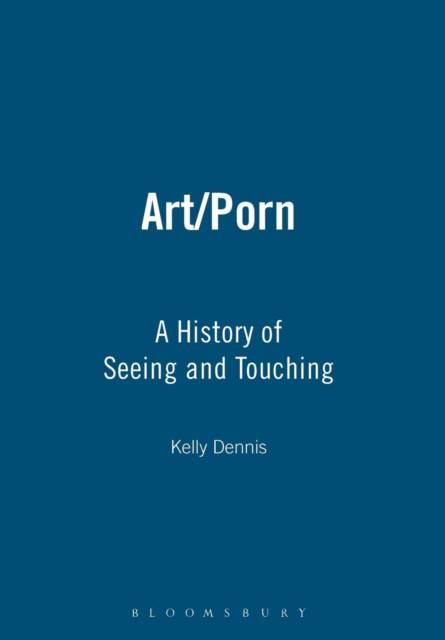
- Afhalen na 1 uur in een winkel met voorraad
- Gratis thuislevering in België vanaf € 30
- Ruim aanbod met 7 miljoen producten
- Afhalen na 1 uur in een winkel met voorraad
- Gratis thuislevering in België vanaf € 30
- Ruim aanbod met 7 miljoen producten
Zoeken
Omschrijving
Do we really know pornography when we see it? Pornography is condemned for being "too close" whilst erotica is defended as "leaving room for the imagination." And the art of the nude is treated as something much more special, located even further away from the potential of arousal.
Art/Porn argues that these distinctions are based on an age-old antithesis between sight and touch, an antithesis created and maintained for centuries by art criticism. Art has always elicited a struggle between the senses, between something to be viewed and something to be touched, between visual and visceral pleasure. Images compel the senses in ways that are both taboo and intrinsic to art. Contemporary responses to images of the nude embody this longstanding tension. Our fears about the materiality of art when in close proximity to our own bodies exist alongside a regulation of sensory response which dates back to Antiquity. Art/Porn reveals how - from fondling statues in Antiquity to point-and-click Internet pornography - the worlds of art and pornography are much closer than we think.Specificaties
Betrokkenen
- Auteur(s):
- Uitgeverij:
Inhoud
- Aantal bladzijden:
- 264
- Taal:
- Engels
Eigenschappen
- Productcode (EAN):
- 9781847880673
- Verschijningsdatum:
- 1/03/2009
- Uitvoering:
- Paperback
- Formaat:
- Trade paperback (VS)
- Afmetingen:
- 170 mm x 239 mm
- Gewicht:
- 544 g

Alleen bij Standaard Boekhandel
+ 118 punten op je klantenkaart van Standaard Boekhandel
Beoordelingen
We publiceren alleen reviews die voldoen aan de voorwaarden voor reviews. Bekijk onze voorwaarden voor reviews.








